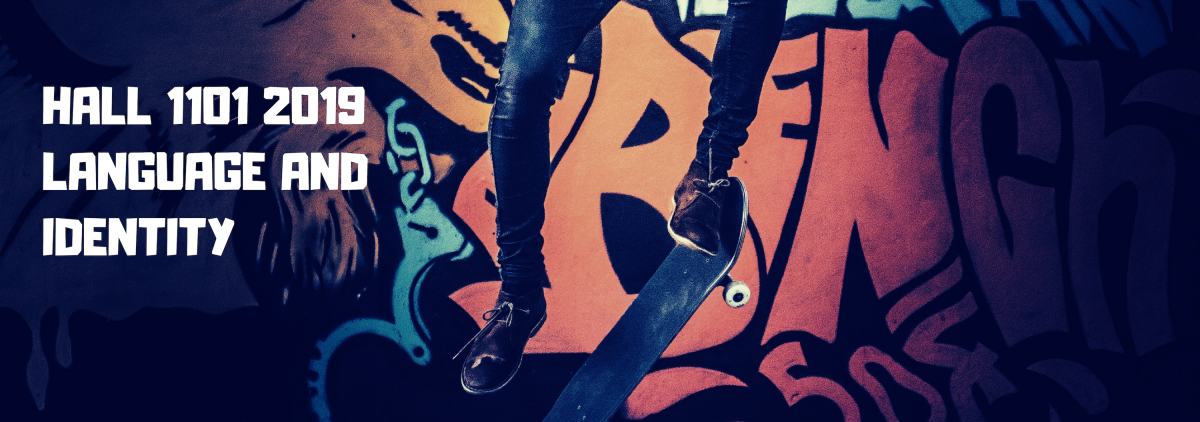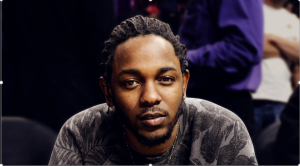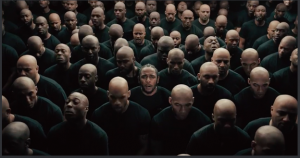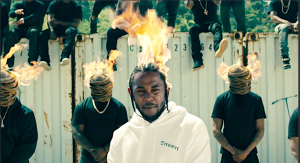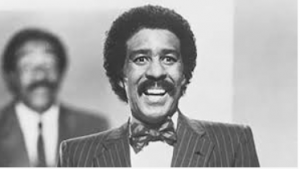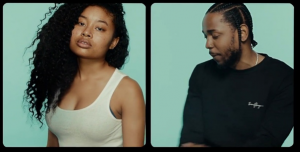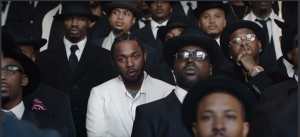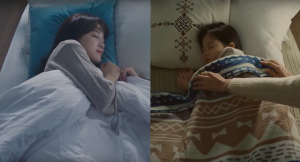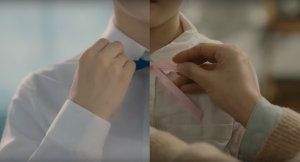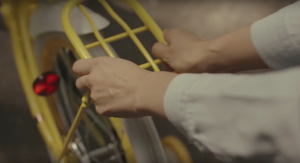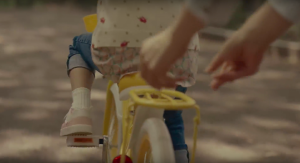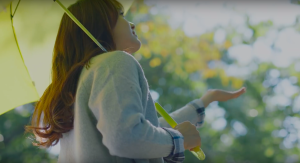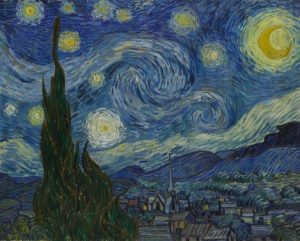Michael Pagan
Carrie Hall
English 1101
May 20, 2019
Lucki- the revision
The time is 12:35 am. I am returning home from work, hands aching. The blisters on my hands remind me of the work I put in during my shift. I’m listening to my music, as I usually do. I pause my music, just for a second-and the stark contrast of the dead silence makes me remember where I am. The faint smell of beer permeates the cart, most likely coming from the homeless man sleeping on the far opposite end. I periodically shift from side to side, swaying along with the train as it makes its way through its destined path. I am watching all of the building pass by. Most of the window lights are off, but equally as much are on, burning midnight oil. Listening to Lucki, I feel like I am not so alone in my thoughts. Even though no one is there, I am not alone. I am more accepting of who I am.
Lucki (formerly known as Lucki Eck$), is a rapper from Chicago. I personally have been a fan of Lucki for a few years now, but his music is starting to “blow up”, for the lack of a better term. Like a lot of artists today, he is known for his references to controlled substances. Now, I can tell you rolled your eyes, but its not in the way you’re probably thinking. Lucki talks about the dark side of the pills he takes, the drink he sips, how its all killing him slowly. And he knows it. But he’s in the hands of the drug, and seems to have little to no control of his needs. Lucki also talks about his personal problems with depression. About how he uses drugs to “block out” all of the bad things that are going on in his life. The drugs help him forget. I think the point Lucki is trying to make is that all of these people around him are fake, “smiling when they losing”. But, even though people call him an addict, and label him as one, he is more genuine than most. This is because Lucki expresses his emotions, what life, and drugs, and depression, and withdrawal are doing to him, how its affecting Him. He may conceal his depression, but doesn’t ignore that fact that it still exists.
Lucki reminds us that turning to drugs for helps may help short term, but controls your life in the long run.
“He be off them percs, like in his music
I’m really off this so that’s confusing
All these niggas smiling when they losing”
What makes Lucki so different than other rappers is how raw and unapologetic he is about what he does. This especially pertains to rappers who are known to reference drugs in their music. While a vast majority of those artists seem to talk about drugs as if they aren’t harmful, like its normal in a way. Contrarily, Lucki gives the bitter with the sweet. He is not scared to admit that he is addicted, he seems to embrace it in a way. Lucki says, “When that sip drought, stomach rip and pout”. What Lucki is actually talking about is the symptoms of withdrawal of lean (Codeine with Promethazine syrup). The constant stomach turning, sweats, etc, remind you how dependent you are to this drug. It comes to a point where the user needs all of these drugs, just to feel “normal”. Lucki goes on to say, “How could I be worried about what they say/When that seal crack it feel like payday”(Lucki) Now, Lucki is actually saying a lot in these lines right here. Like any popular, or up and coming artist, they are far too familiar with constant criticism of practically everything they do. Lucki obviously doesn’t seem to care about what other people think about his drug use, nor how he handles his feelings. In fact, Lucki refers to “cracking the seal” (breaking the safety seal on pints of lean) to feeling like payday. I think this speaks volumes to how highly Lucki views his drugs. This point is further proven in the following lines, “How you findin’ trouble on your vacay/You called me a addict and thats okay”(Lucki) The entire somber tone of these lyrics, paired with the blunt reality of how drowning out his pain with drugs has taken over. It seems that Lucki places his percocets, xanax, lean, etc over his relationships. And Lucki is fine with that, as long as he has what he really needs.
The opioid crisis has affected practically everyone in some way. Everyone, including myself, have known someone or heard stories of people using painkillers. Especially today’s youth. Even though Lucki’s reference of various drug use is prevalent in all of his songs, it is not because its popular to make music talking about such drugs. Not only because a lot of people can relate to him, and how he feels. But because its what he feels, its what’s true to him. He could never fake shit for nobody, and thats what makes him so different.
Lucki’s music is pertinent to today. To tomorrow. To past memories, all those who can relate. While a majority of people judge people, subconsciously even, it is easy to forget that there is a lesson in all of this. Lucki’s music isn’t meant for everybody. That is a given. But, isn’t that how its supposed to be? Not just with rap, with any genre, any song, any artist. How did you discover them? Why do you listen to them? Sure, you might say the obvious, that you like them, thats why you listen to them. But try to go a little deeper. Why in particular, do you like a specific song or artist? Can you relate to them in any way, do you feel their pain? Or their joy? The same can be said about Lucki. His music is meant for people who want to hear it. Lucki also doesn’t force a certain narrative in his songs, it doesn’t have a completely one sided view on matters. Rather, Lucki gives the bitter with the sweet in a sense and lets the listener derive their own conclusion. Whether drugs actually help, or just sink you deeper into the inevitable. I think Lucki is one of the most underrated rappers of our generation. And I think I’d like it to stay that way.
Bibliography:
“Lucki – You Called Me.” Genius, 12 Aug. 2017, genius.com/Lucki-you-called-me-lyrics.
“Opioid Crisis Fast Facts.” CNN, Cable News Network, 11 Apr. 2019, www.cnn.com/2017/09/18/health/opioid-crisis-fast-facts/index.html.
